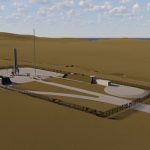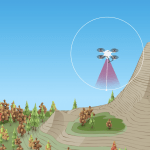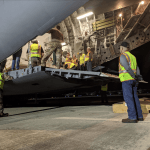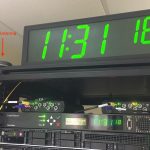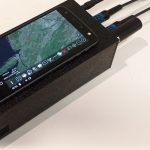Three different low-cost sensor integrations, covering vehicle navigation in a range of environments, will be covered in a February 12 webinar, “Automotive-Grade GNSS + Inertial for Robust Navigation.”
Scottish Rocket Site Planned; Could It Launch British GNSS?
Plans have been submitted for a rocket launch site in the north of Scotland that could boost communications satellites into orbit in two years. No word has come regarding the possibility of launching satellites of the United Kingdom’s a-borning GNSS from this facility, but the prospect is intriguing.
By Alan Cameron
